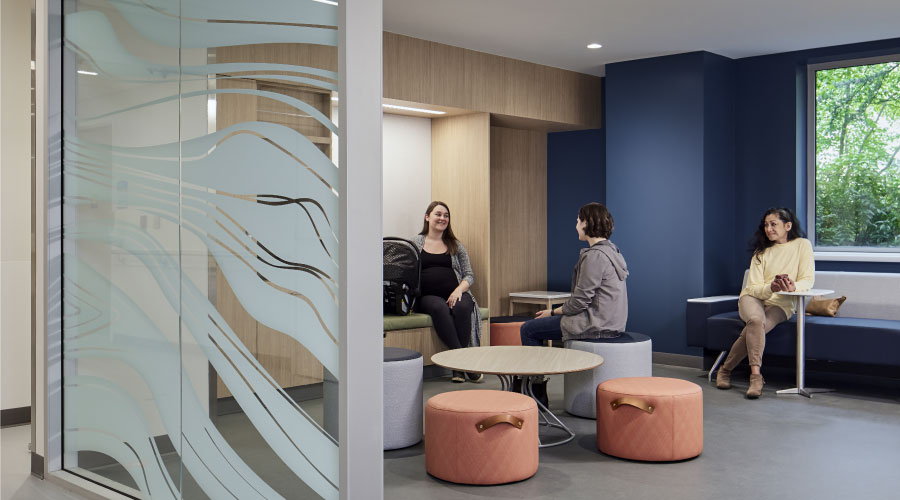 Photo courtesy of Aligned Energy
Photo courtesy of Aligned EnergyColocation Data Centers See Surge in Demand
Differentiation is critical in dynamic market.
Colocation data centers have been an option for more than two decades. But the surge in the demand for data processing, the high cost of in-house data centers, and the appearance of cloud providers has dramatically changed the market. Understanding the new dynamics of the market is important for both colocation providers and facility managers in enterprises that may be considering a move to a colo.
Today, colocation data centers remain an attractive choice for many enterprises. But finding the right colocation data center with the right services and price remains a complex task.
Businesses in sectors such as banking and finance have realized that running their own data centers is “not a good use of capital, because they aren’t data-center companies,” says John Hatem, executive vice president of design, construction, and operations at CyrusOne, which owns more than 40 data centers worldwide. The joke in his industry, he says, used to be that “our biggest competitor was the CIO” at companies where data storage was not the core business.
That’s good news for colos, which are growing rapidly. Hatem says his company is spending $1 billion this year on land and construction, “and there’s no end in sight.”
Another major colocation provider, RagingWire, currently manages 1.5 million square feet of space and is developing 3 million more square feet. “We’re building as fast as we can,” says Joe Goldsmith, chief revenue officer and senior vice president for RagingWire.
The industry’s growth is “straight-up derivative of data growth,” Hatem says, as artificial intelligence, the internet of things, and other applications scale up. “The cloud itself is a server inside a data center somewhere,” he says.
And it’s not just the volume of data being created that’s driving data center growth. Today, says Andrew Schaap, CEO of Aligned Energy, users are “are keeping the data longer and finding new and innovative ways to parse the data, explore the data, which is requiring massive amounts of capacity.”
This growth in demand for data centers has not gone unnoticed by capital markets. “Both the public guys as well as the private guys have access to huge amounts of capital,” Schaap says. “So your differentiation is key. How do you differentiate for your client? How do you solve their needs in a meaningful way?”
Historically, colo centers were in “the cabinets and cages business,” Goldsmith says. “It was, ‘Here’s your room, good luck.’” Today, however, colocation data centers offer choices beyond simple building space, power, and cooling. Some colocation providers will install and stack equipment, some will provide maintenance, some will provide a portal and website to monitor equipment – or all of the above. “Colo has become a commodity,” says Jeff Gilmer, a senior partner at Excipio Consulting, and some companies try to set themselves apart, and charge more, for the extra services.
Colocation companies often guarantee that clients’ data will be up and working 100 percent of the time. That’s now “a given, table stakes” in the industry, Hatem says. In fact, the reliability is “five or six nines,” and the provider assumes the risk of the remaining decimal.
Related Topics:












